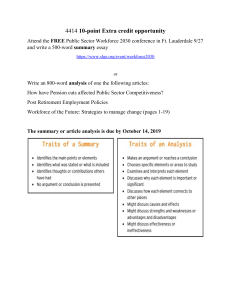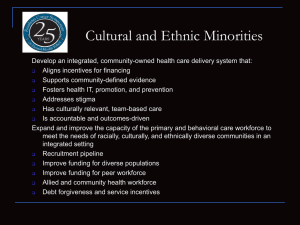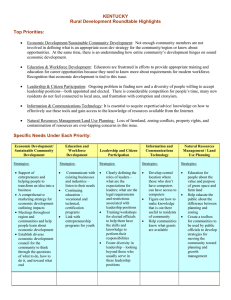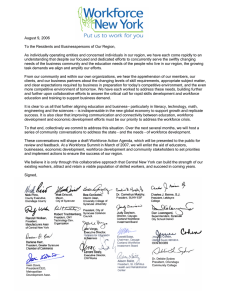NSF Energy Management Panel B
advertisement
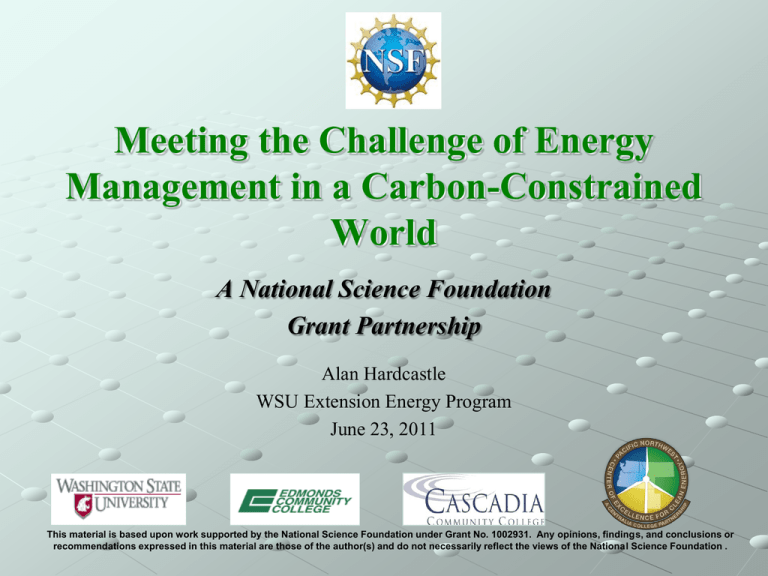
Meeting the Challenge of Energy Management in a Carbon-Constrained World A National Science Foundation Grant Partnership Alan Hardcastle WSU Extension Energy Program June 23, 2011 This material is based upon work supported by the National Science Foundation under Grant No. 1002931. Any opinions, findings, and conclusions or recommendations expressed in this material are those of the author(s) and do not necessarily reflect the views of the National Science Foundation . Energy Efficiency Trends and Employment Need for long-term investments in EE. NWPPC-6th power plan: EE to meet 85% of new regional energy demand by 2020 EE-related investments in 2004 were $300 billion; supports 1.63 million jobs in US 55% of all EE-related jobs are in the buildings sector But—EE is still less than 1/3 of annual energy spending Source: ACEEE: American Council for an Energy Efficient Economy NW Office Building Energy Use EE Sector Job Growth Projections Source: Lawrence Berkeley National Lab NEET Research Findings Workforce Challenges Retirements and Age Structure ~50% of workforce to retire in next five years. Decline in working age cohorts over next 20 years Particular shortage in the skilled trades and engineering programs Employment in EE Broadly Distributed Trade Allies (A&E, Contractors, Specialized Skills), ESCOs, Government, Manufacturing, Utilities, Private Business (Microsoft, J.C. Penny, Property Management Firms) Disparate job classifications that are difficult to classify and quantify Key Themes From NEET Research What’s Lacking: • Strategic Coordination Among EE Workforce Development Players • Stakeholders and providers • Data on EE workforce development • Skills, positions, opportunities • Funding for EE workforce development • Economic recession, reduced budgets Panelists Douglas C. Smith Stantec Consulting Mari Anderson McKinstry Mary E. Smith Snohomish County PUD Sean Bagsby IBEW Local 46


